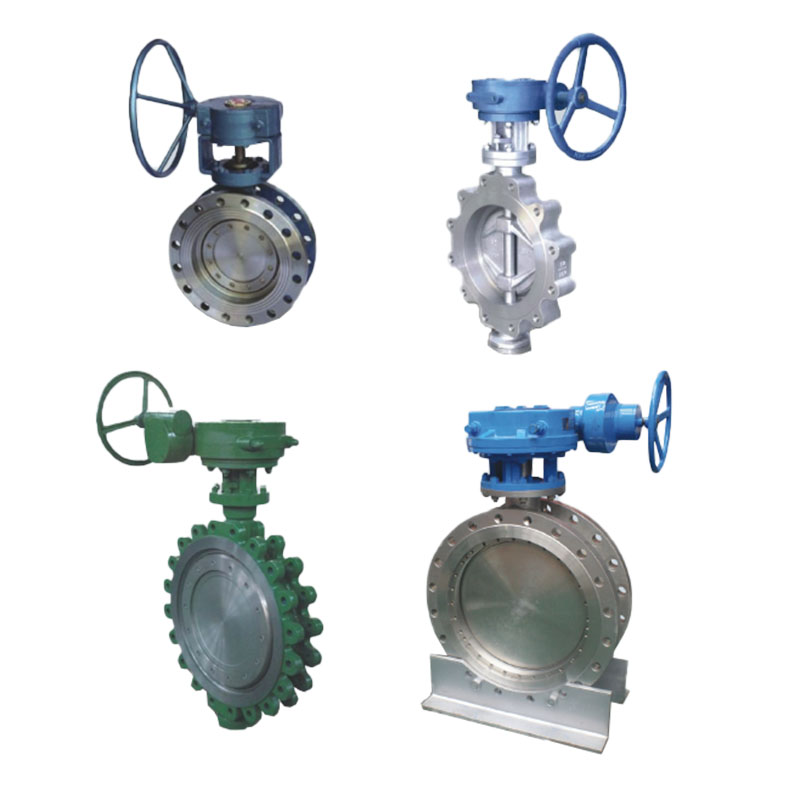Zhejiang Shunlin Valve Co., Ltd. is China Flange Valve Manufacturers, we are design and manufactures API standard valves (globe valves, gate valves, check valves, ball valves).
Ball Valves are widely utilized in industrial applications such as chemical processing
Update:2024-03-20 7:00:00 Wednesday
Summary:Ball Valves are widely utilized in industrial applications such as chemical processing, power generation, water and wastewater treatment and oil and gas production. Due to their durable design, efficient operation and easy maintenance requirements, t......
Ball Valves are widely utilized in industrial applications such as chemical processing, power generation, water and wastewater treatment and oil and gas production. Due to their durable design, efficient operation and easy maintenance requirements, they're ideal for use across a range of industries; plus they're capable of managing aggressive or corrosive fluids effectively - which means most industrial processes that utilize valves rely on these systems.
A ball valve consists of a housing with an internal spherical ball connected to a rotating shaft using an external handle, as well as two seats within its housing to seal when the ball is in its closed state.
These seats, constructed of hard metals or Teflon (PTFE), sit on either side of the inner ball and are made to resist wear, tear, and other environmental factors. Furthermore, their body allows for a relatively large opening that can accommodate most pipe sizes.
When the valve is in its open position, a solid portion of its spherical ball covers both openings in its seats, preventing them from sealing closed. As fluid pressure in upstream pipes pushes against this part of the ball's pivot point and forces it tightly against the downstream seat, forcing its movement further downstream. When rotating the handle to a closed position, all balls move perpendicular to the flow path blocking off fluid path completely.
There are various variations of standard ball valves to meet various needs, with common variants including:
Ball valves often must operate in fireproof environments, making moderate sealing action a requirement in case primary seats melt. In such circumstances, resilient seat pockets provide temporary sealing action by holding onto their seats and offering metallic surfaces which contact with the ball for temporary sealing actions when required.
Internal components of two-piece valves are housed within an assembly that's divided into two pieces and held together with bolt connections at both ends, enabling these parts to be separated easily for cleaning, maintenance, or inspection by simply loosening these bolts at either end.
Three-piece valves feature a larger body cast into three separate pieces and then assembled using bolt connections that fit at either of their ends, threaded into or welded onto the main pipe. This construction makes them easy to dismantle and maintain since access can be gained to the internal ball and seat without disassembling these two ends from their pipes - this style of construction makes three-piece valves popular in HVAC and marine/shipbuilding applications.



 English
English 中文简体
中文简体 русский
русский







